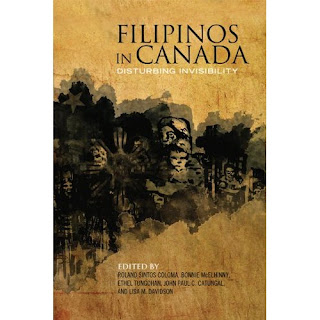From Philippine Star, 30 October 1993, p. 38.
Please click on photo to read the text.
Twenty years ago, the first Filipinos to take the Librarians' Licensure Examination (LLE) administered by the Professional Regulation Commission (PRC) went home after two days of putting pen to paper. But unlike most examinees during the last two decades, those from that first batch had to contend with various types of tests (not just multiple choice), and results were released not after a few days, but after ten MONTHS. The passing rate was 36 percent. Elvie Lapuz, the first ever LLE topnotcher, graciously agreed to recall her experience to mark the twentieth anniversary of the most visible manifestation of the effort to professionalize librarianship in the Philippines:
The very first Licensure Examination for Librarians (LEL) was held 3-4 December 1992 and I belonged to the first batch of hopefuls. The popular Filipino saying suntok sa buwan very much described what every one of us examinees must have been feeling when we trouped to the University of the East, as per instruction of the PRC. Since that was the very first time that the LEL was being held, we examinees had no idea whatsoever on what was going to happen, what types of exam we were going to take, or even how the questions were formulated. It was very much like a surprise long, long test and even though we knew that it was something that we just have to hurdle, we did not have the slightest inkling on how we were supposed to tackle it.
From August to November of that same year, I sat through twelve Sundays of review classes. I remember trying to recall the more important concepts for the seven core library science subjects to be covered in the examination, namely: 1) selection and acquisition of library materials; (2) cataloguing and classification; (3) indexing and abstracting; (4) reference, bibliography and information services; (5) organization and management of libraries and information centers; (6) information technology; and (7) laws on librarianship and ethics. Before the scheduled dates of the LEL, I had to deal with securing various documents including college credentials and certifications. I also had to make sure that all the details about my existence as a person, i.e., birth and baptismal certificates, were consistent with the details stated in my other records. I never realized until then that there are just so many papers I need to work on and it was a good thing that I did not procrastinate in making sure that I have all of them in my file before going to the PRC to apply for a permit to take the LEL.
What greeted me on the first day of the examination was something I would rather not think or even write about. Suffice it to say that it was something totally unexpected! Sure, I had dealt with all types of exams back in college, but I was a bit shocked when I saw how the test questions were presented and how we examinees were supposed to answer them. It was a smorgasboard of an exam, essay questions included, and very much unlike the Multiple Choice type that examinees after us and until the present have had to take. While trying to come up with what I hoped then were the most acceptable answers to essay questions, there was that nagging fear of not making it after all. At some point I was even tempted not to complete the exam because of that fear. I even heard about the other examinees opting not to come back for Day 2 of the exam. We also had to wait ten (10!) months for the results! Why ten months? I believe it was because there was no way that the BFL could have checked answers to essay questions of more than 600 examinees within two days. So, finally on 26 October 1993 the names of the first batch of LEL passers came out. The very first oath taking was held at Ilustrado in Intramuros with the then BFL Chair Dr. Irene Amores and members Ms. Suzima Gonzales and Ms. Belen Angeles present.














